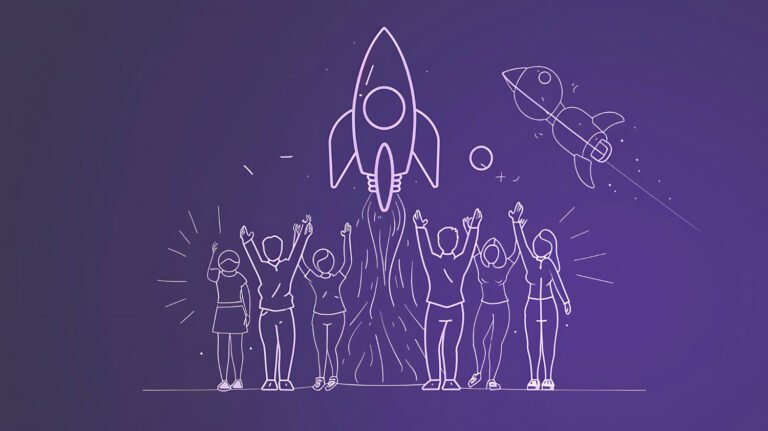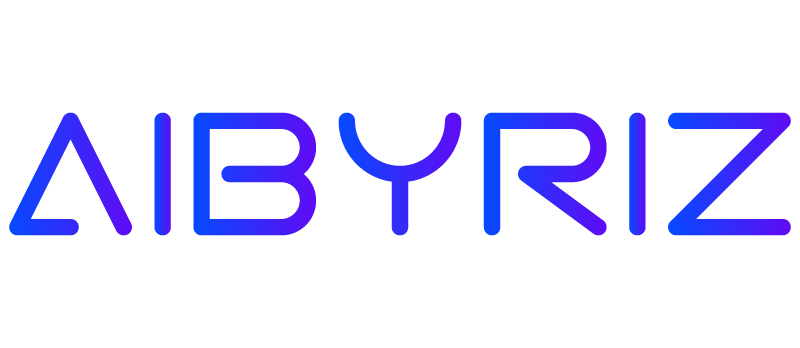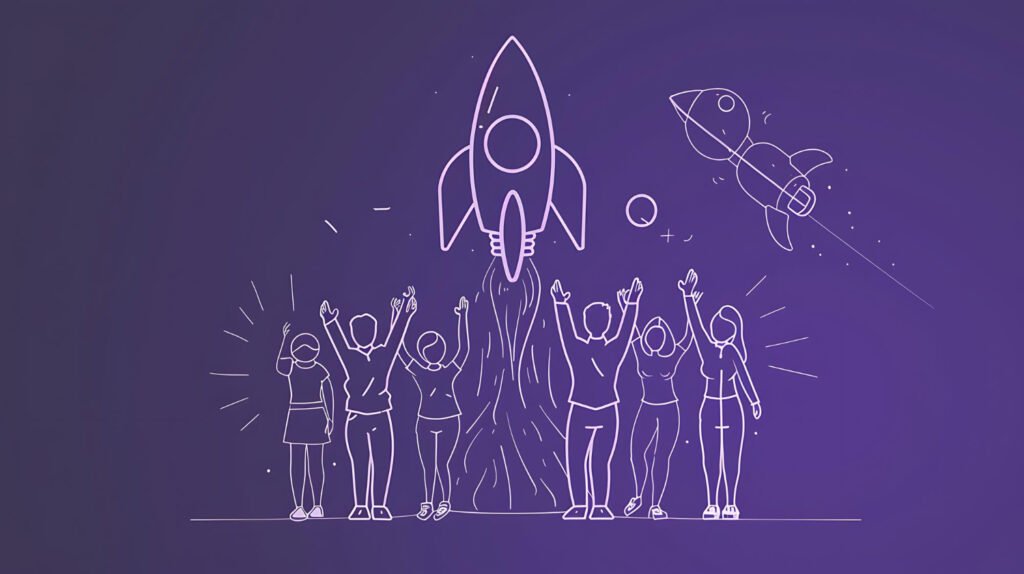Businesses that use AI-powered systems to predict demand get 85% better results than old-school methods. Companies in all industries are moving to artificial intelligence for their demand forecasting. AI combines machine learning with predictive analytics to help businesses understand and prepare for what customers will want.
AI-powered forecasting solutions give companies a new way to analyse markets and plan ahead. These smart systems look at past data, how customers behave, and live market trends to make accurate predictions. Companies can make informed decisions when they add AI tools to their current business processes. This helps them run better, boost their sales, and keep their customers happy.
Understanding AI-Powered Predictive Analytics
Predictive analytics has become a vital tool in today’s digital world of business to understand and anticipate market trends. Companies exploit historical information and ongoing trends through this sophisticated analysis approach to generate reliable future outcomes. This capability helps businesses make proactive decisions instead of reactive ones 1.
What is predictive analytics?
Predictive analytics is an advanced data analysis method that helps businesses forecast future outcomes. It combines data analysis, machine learning, and statistical models to spot patterns that accurately predict future behaviour 2. The process starts with complete data collection and moves through complex analysis phases. Modern businesses use this powerful tool to keep up with trends in competitive markets.
How AI boosts predictive capabilities
AI has transformed traditional predictive analytics by introducing powerful machine learning algorithms that process big datasets quickly. AI-powered analytics uses neural networks to create valuable insights and needs minimal human intervention after the original training phase is complete 1. These systems can:
- Process and analyse data from multiple sources at once
- Spot complex patterns and correlations automatically
- Provide instant insights for quick decisions
- Learn and improve outcomes through self-learning algorithms
Key components of AI-driven forecasting
AI-driven forecasting has three main parts that work together to deliver practical insights 3. Everything starts with comprehensive data collection where AI systems collect and process information from different sources. Machine learning models then analyse patterns and relationships within the data through sophisticated algorithm implementation. The system produces precise predictions that help businesses make better decisions about future market conditions.
AI-driven forecasting systems learn and evolve continuously. They become more refined as they process more data 1. This self-learning feature keeps predictions accurate and relevant even when market conditions shift. Businesses can stay ahead of competition and streamline their operations through this advanced approach.
Leveraging AI to Anticipate Market Demand
Artificial intelligence has changed how businesses react to market patterns. AI systems can now process big amounts of data and give insights that businesses could not get through regular analysis methods.
Analysing historical data and trends
AI market research tools have revolutionised business data analysis and processing methods. These sophisticated systems automatically clean, process, and analyse data from multiple sources, which significantly reduces project timelines without compromising quality or substance 4. Advanced algorithms and natural language processing enable AI tools to create hypotheses and extract meaningful patterns from data sources of all types, including social media conversations, website data, and survey insights 4.
Identifying patterns in consumer behaviour
AI systems are remarkably good at spotting subtle consumer behaviour patterns that humans might miss. These systems accurately track customer participation, buying habits, and purchase frequency rates 5. AI can predict which products customers will just need more by analysing their browsing behaviour and social media activity 5. Predictive analytics and machine learning work together to help businesses boost their revenue by up to 40% through individual-specific approaches 5.
Forecasting future demand with machine learning
Machine learning models have showed remarkable results in demand forecasting. Recent implementations cut errors by 20% to 60% compared to traditional forecasting methods 6. These systems learn and evolve continuously, and their prediction accuracy gets better as more data becomes available 6. The results are clear:
- Machine learning makes supply chain decisions more accurate
- Market changes become easier to handle
- Data from different sources creates better insights 7
AI’s advanced algorithms analyse big pools of historical data, socio-economic indicators, and global sentiments. This helps businesses predict future market demands with greater accuracy 7. Companies can optimise their product development, marketing campaigns, and pricing strategies while allocating resources based on predicted demand patterns.
Implementing AI-Driven Demand Forecasting
Companies must take a strategic approach that combines careful planning with systematic execution to implement AI-driven just need forecasting successfully. Organisations can gain a most important competitive advantage in the ever-changing market environment when they make AI forecasting and planning work 8.
Choosing the right AI tools and platforms
A full picture of business needs and existing capabilities helps companies select the right AI tools. Organisations need solutions that work smoothly with their systems and that match their specific needs 9. The core team should look at these important factors while picking AI forecasting tools:
- Data processing capabilities and scalability
- Integration flexibility with existing systems
- Level of customization available
- Support and training resources
- Budget-friendly options with good ROI potential
Integrating AI with existing systems
AI-driven demand forecasting implementation depends heavily on system integration. Data scientists and IT professionals must work together to deploy the systems smoothly on organisational servers or cloud platforms 10. A systematic approach helps AI systems blend seamlessly with existing IT infrastructure like ERP, CRM, and supply chain management programmes 11.
Training and optimising AI models
AI model optimisation demands constant monitoring and fine-tuning. Companies that use AI forecasting systems have seen their accuracy jump by 20% to 60% when compared to traditional methods 6. High-quality and consistent data drives successful AI model training, and teams must regularly update and recalibrate these models to keep them relevant 12.
Organisations should set clear KPIs that measure forecast accuracy, inventory levels, and service standards 11. This strategy helps businesses track their progress and adjust course while staying focused on their main goals. These systems become smarter through machine learning and produce more accurate forecasts with each round of data analysis 13.
Staying Ahead with AI-Powered Insights
Companies that use AI-powered insights see remarkable improvements in their operations and market responsiveness. Research shows businesses that use AI-driven decision-making systems see five to eight times the return on marketing spend 14. This proves the significant impact of intelligent analytics on modern business operations.
Making analytical business decisions
AI systems process large amounts of data to provide applicable information that helps businesses make faster and more accurate decisions. Companies report that AI-powered automation has reduced decision stress by a lot. Business leaders report 85% improvement in their decision-making capabilities 15. AI knows how to analyse complex datasets. This helps organisations find inefficiencies and reduce bottlenecks which leads to substantial cost savings 16.
Optimising inventory and supply chain
AI has transformed supply chain management through better inventory optimisation and demand forecasting. Companies plan to double their machine automation in supply chain processes over the next five years 17. This change will lead to significant gains in operational efficiency. The main advantages include:
- Better forecast accuracy that leads to smarter inventory management
- Immediate demand sensing abilities
- Clear visibility and transparency across the supply chain
- Smart data entry and automated documentation 16
Personalising marketing and sales strategies
AI-driven personalization is a vital component to stay ahead of competitors, as research shows 76% of customers feel frustrated without personalised interactions 14. AI systems analyse customer behaviour patterns to forecast buying habits and spot opportunities for upselling 18. Businesses can now deliver targeted marketing campaigns that boost customer satisfaction and build lasting loyalty 19.
Today’s AI platforms track customer feedback and measure engagement with up-to-the-minute data analysis. Companies can quickly adapt their strategies based on this information. The results speak for themselves – businesses have seen their conversion rates jump by 136% for new customers after implementing AI-personalised website content 14. Organisations use these informed decisions to create powerful marketing campaigns while building genuine customer relationships.
What This Means for You
AI-powered forecasting has shown its value through measurable improvements in business performance and decision-making accuracy. Companies that use these advanced systems achieve better forecast precision, operational efficiency, and customer satisfaction. Machine learning algorithms combined with predictive analytics and immediate data processing help businesses make informed decisions while staying flexible in fast-changing markets.
Companies that accept new ideas and adapt their strategies will lead future market analysis. Businesses can now learn about customer needs, optimise operations, and remain competitive through analytical insights. Smart organisations know that AI technology helps growth and provides competitive advantages through better forecasting and resource allocation. Early adopters of AI-powered forecasting are setting themselves up for long-term success in this ever-changing business environment.
FAQs
How is AI utilised for forecasting demand?
AI in demand forecasting employs sophisticated technologies such as predictive analytics, machine learning (ML), natural language processing (NLP), image recognition, and the Internet of Things (IoT). These tools analyse extensive data sets to discern patterns, predict future demand, and enhance prediction accuracy.
What are effective ways to apply AI in marketing?
AI can revolutionise marketing through various applications:
- Creating marketing videos powered by AI.
- Generating advertisements and diverse content types.
- Analysing consumer data and market trends.
- Personalising content and customer experiences.
- Automating critical processes to free up time for strategic tasks.
- Using chatbots for lead generation and prospect nurturing.
- Enhancing search engine optimisation (SEO).
How does AI facilitate predictions?
Predictive AI utilises big data analytics and deep learning to scrutinise historical data, patterns, and trends. The accuracy of its predictions improves with the amount of data fed into the machine learning algorithms.
Can AI predict market trends?
AI in predictive analytics offers a state-of-the-art method for forecasting future trends and making data-driven decisions with precision. By incorporating AI, businesses can gain deep insights, spot emerging opportunities, and address potential risks in real-time.
References
[1] – https://geniusee.com/single-blog/ai-and-predictive-analytics
[2] – https://cloud.google.com/learn/what-is-predictive-analytics
[3] – https://shelf.io/blog/ai-for-predictive-analytics/
[4] – https://www.quantilope.com/resources/best-ai-market-research-tools
[5] – https://spd.tech/artificial-intelligence/ai-for-customer-behaviour-analysis/
[6] – https://towardsdatascience.com/how-to-machine-learning-driven-demand-forecasting-5d2fba237c19
[7] – https://www.linkedin.com/pulse/predicting-market-dynamics-rise-ai-demand-forecasting-allen-adams-riwze
[8] – https://www.zoho.com/analytics/glossary/ai-forecasting.html
[9] – https://www.leafio.ai/blog/top-5-demand-forecasting-solutions-for-retail/
[10] – https://www.leewayhertz.com/ai-in-demand-forecasting/
[11] – https://throughput.world/blog/optimise-demand-planning-using-artifical-intelligence/
[12] – https://www.inventory-planner.com/ai-demand-forecasting/
[13] – https://www.pacemaker.ai/en/blog/demand-forecasting-meets-artificial-intelligence
[14] – https://www.bloomreach.com/en/blog/ai-personalization-5-examples-business-challenges
[15] – https://hbr.org/2023/10/how-ai-can-help-leaders-make-better-decisions-under-pressure
[16] – https://www.ibm.com/think/topics/ai-supply-chain
[17] – https://throughput.world/blog/ai-in-supply-chain-and-logistics/
[18] – https://www.glyphic.ai/guide-posts/optimising-your-sales-strategy-with-ai
[19] – https://www.researchgate.net/publication/357874012_Gaining_competitive_advantage_through_artificial_intelligence_adoption














